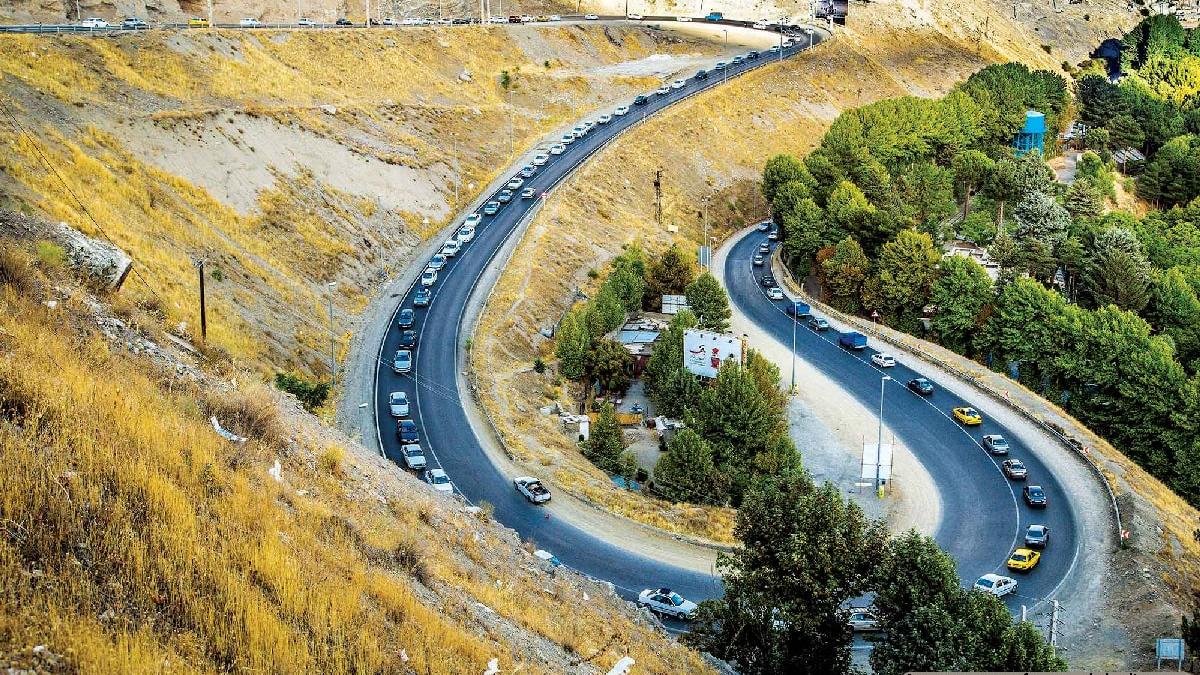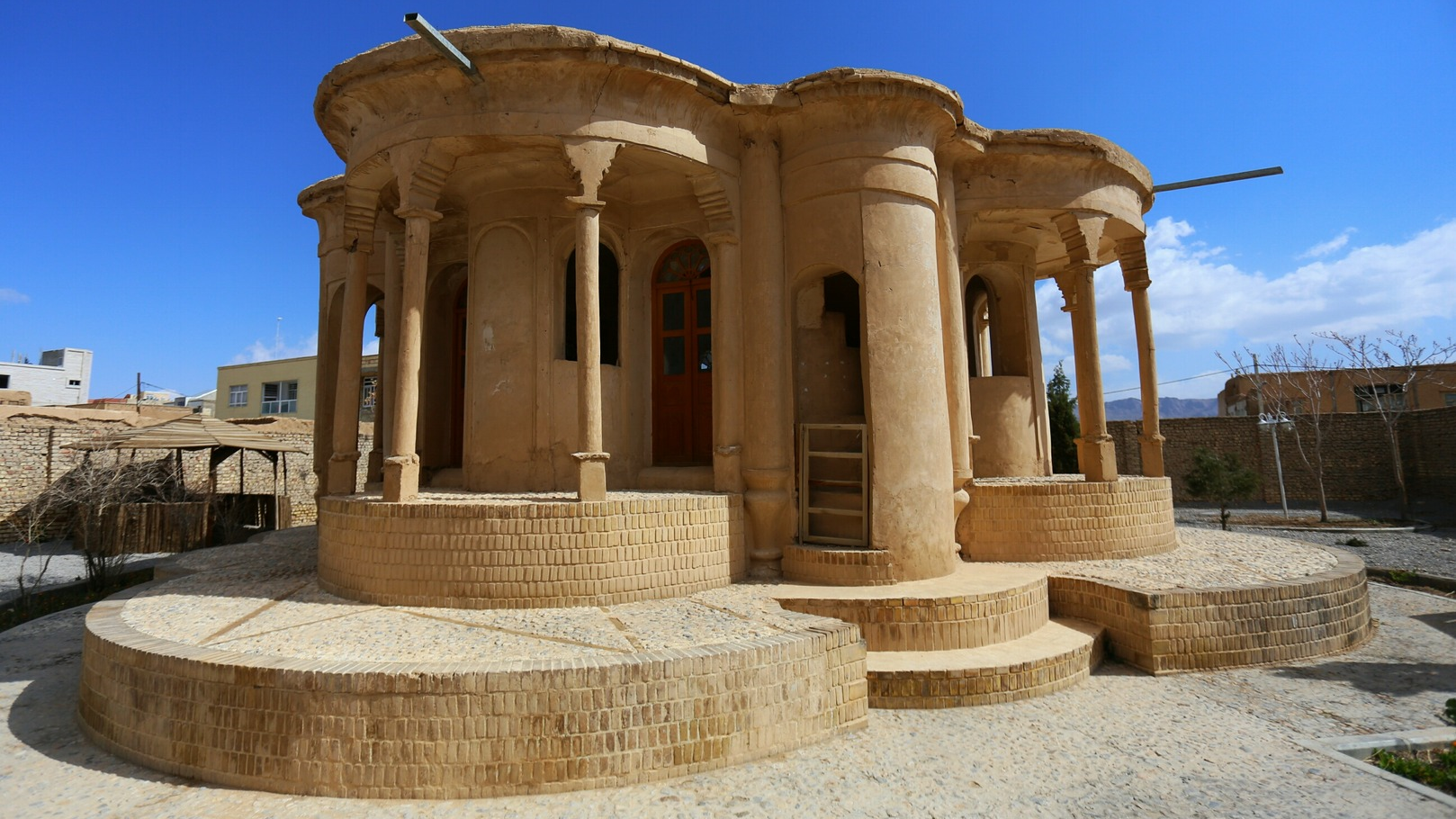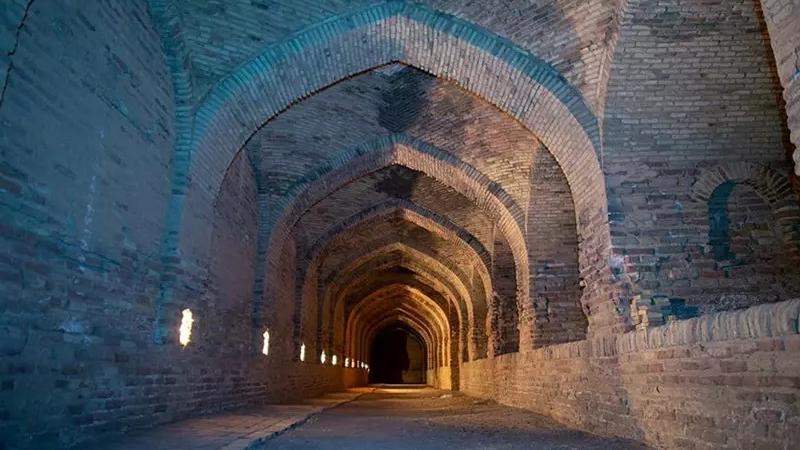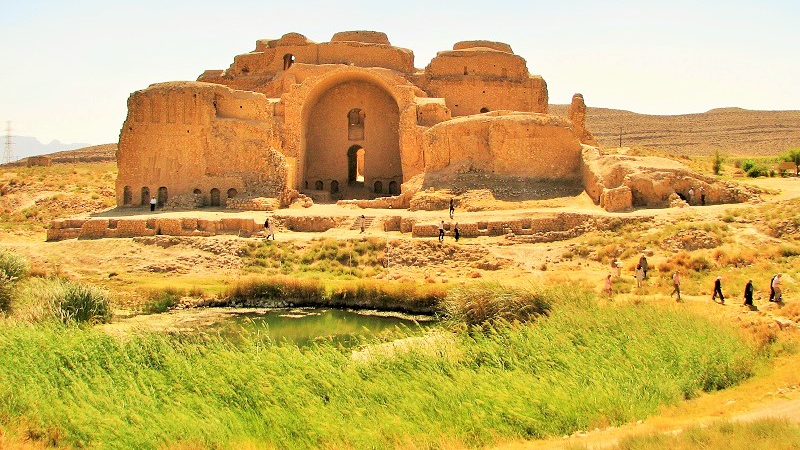The History of the Construction of the Chalous Road

Chalous Road — The Scenic Route to Northern Iran
Chalous Road — The Scenic Route to Northern Iran
The northern regions of Iran are among the country’s most popular tourist destinations. The Caspian Sea coasts, along with the Alborz Mountains and their dense forests, form the main natural attractions of northern Iran. The Chalous Road is one of the key routes leading to these regions. It starts from Karaj and ends in Chalous. This winding road, also known as Road 59 or the Special Road, is considered one of the most scenic routes in Iran due to its breathtaking mountain and forest landscapes.
Construction of the Chalous Road began in 1931 (1310 in the Iranian calendar), during the reign of Reza Shah Pahlavi. The project was an ambitious effort to connect northern Iran with the capital and the central and southern regions of the country, linking both sides of the Alborz Mountains. Before this road was built, there were no proper routes to reach the northern areas; only a few unpaved roads offered limited access to several villages. These routes were often blocked throughout the year due to rainfall, landslides, or similar natural conditions, making them unreliable for the growing flow of travelers and goods.
Two years later, the road was inaugurated in the presence of Reza Shah himself. Due to its great importance, it became known as the “Special Road.” Gradually, restaurants, lodgings, and recreational facilities began to flourish along the Chalous Road. The construction of the Amir Kabir Dam (Karaj Dam) in 1961 (1340 in the Iranian calendar) created a lake along the route, which soon became one of the most popular leisure destinations near the capital. As a result, public interest in the Chalous Road grew, along with traffic along the route. Overall, building the road was an arduous task due to the mountainous terrain and the abundance of surface water. The Chalous Road begins in the northeast of Tehran and the southeast of Karaj. To reach it from Tehran, one must take Hemmat Highway and exit toward the Chalous Road before entering the Tehran–North Freeway.
Attractions Along the Chalous Road
The natural scenery along the Chalous Road is so stunning that it would be a shame to see it merely as a route to pass through! Many travelers in Iran choose this road to reach the northern regions precisely because of its breathtaking beauty. Along the way, they often stop at scenic spots to rest and take in the views, making the journey itself as enjoyable as the destination. For this reason, it’s worth getting familiar with some of the major attractions found along the Chalous Road:
The natural scenery along the Chalous Road is so stunning that it would be a shame to see it merely as a route to pass through! Many travelers in Iran choose this road to reach the northern regions precisely because of its breathtaking beauty. Along the way, they often stop at scenic spots to rest and take in the views, making the journey itself as enjoyable as the destination. For this reason, it’s worth getting familiar with some of the major attractions found along the Chalous Road:
Amirkabir Dam
Located about 25 kilometers north of Karaj, the Amirkabir Dam — also known as the Karaj Dam — is built across the Karaj River. It serves as one of the main sources of water and electricity for Tehran. The reservoir behind the dam not only creates a stunning and picturesque landscape but also provides a thriving habitat for fish farming.
Kandovan Tunnel
The Kandovan Tunnel, measuring 886 meters in length, 5 to 7 meters in width, and nearly 6 meters in height, is one of Iran’s most famous intercity tunnels. It is said to have been built by workers without access to modern equipment, who excavated it entirely by hand over three years (1935–1938 CE / 1314–1317 SH). The tunnel shortened the Chalus Road by about 13 kilometers. Before its construction, the road was often closed for nearly five months each year due to heavy snowfall and landslides. Despite its high construction cost, the Kandovan Tunnel greatly improved the safety and year-round accessibility of the Chalus route.
The Kandovan Tunnel, measuring 886 meters in length, 5 to 7 meters in width, and nearly 6 meters in height, is one of Iran’s most famous intercity tunnels. It is said to have been built by workers without access to modern equipment, who excavated it entirely by hand over three years (1935–1938 CE / 1314–1317 SH). The tunnel shortened the Chalus Road by about 13 kilometers. Before its construction, the road was often closed for nearly five months each year due to heavy snowfall and landslides. Despite its high construction cost, the Kandovan Tunnel greatly improved the safety and year-round accessibility of the Chalus route.
Dizin Ski Resort
The Chalus Road serves as the main access route to the Dizin Ski Resort, one of the largest and most popular ski destinations in Iran. The resort is located about 13 kilometers from Tehran and 74 kilometers from Karaj.
Gachsar Tulip Garden
Located near the Dizin Ski Resort, Gachsar Tulip Garden is one of the most stunning attractions along the Chalus Road. Every year in May (mid-April to mid-May), the garden bursts into vibrant color as thousands of tulips bloom, creating a spectacular view. The garden features a wide variety of tulip species, making it a favorite stop for nature lovers and photographers traveling this scenic route.
Other Attractions Along Chalus Road
Along the Chalus Road, there are local restaurants offering a variety of traditional Iranian dishes, includingAsh ReshtehandAsh Doogh. Several beautiful villages can also be found along the route — such asShahrestanak Village, which is popular among hikers for its proximity to the Tochal Mountains.Kondor Villageis well known for its vineyards and orchards of pears and cherries.Varian Village, located near the Amir Kabir Dam, is another favorite spot for visitors thanks to its scenic lakeside views.
| Name | Chalous Road — The Scenic Route to Northern Iran |
| Country | Iran |
| State | Mazandaran |
| City | Chalus |
| Type | Historical,Natural |


Choose blindless
Red blindless Green blindless Blue blindless Red hard to see Green hard to see Blue hard to see Monochrome Special MonochromeFont size change:
Change word spacing:
Change line height:
Change mouse type:










.jpg)



